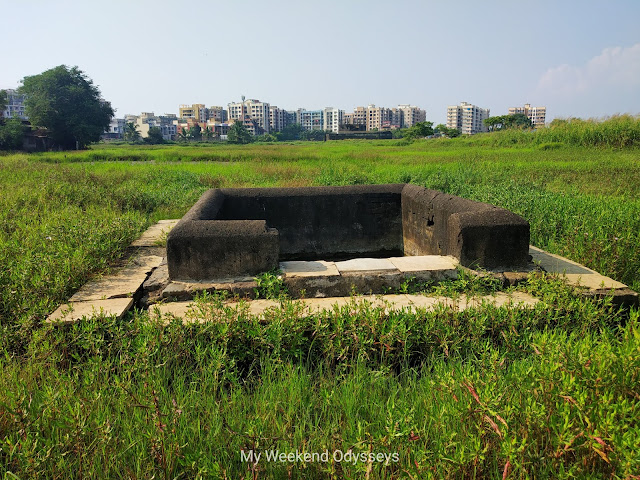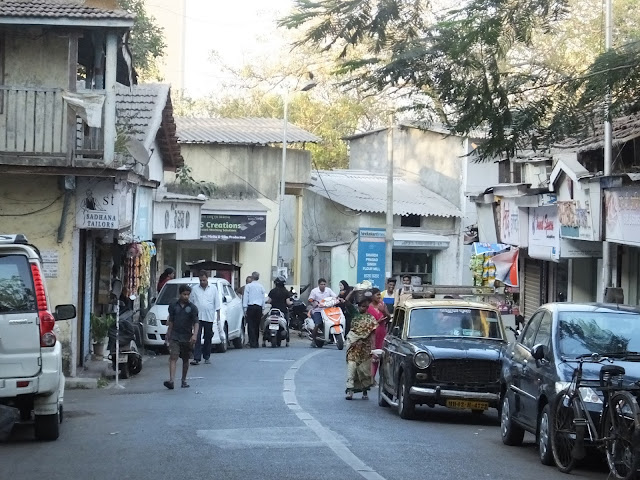Surleshwar temple near ancient holy teerth of Nirmal gaon (Vasai).

Many Purana's and ancient text associate the region of Shurparaka with Parshurama - the sixth avatar of Lord Vishnu. It is said that it was Parshuram who commanded Lord Varuna to recede the sea which created the land of Kerala and Konkan. He gifted Konkan to the Brahmin's. North Konkan region was once called Shurparaka which included the present day Sopara Vasai Virar areas. The name Shurparaka evolve from Sanskrit word "Surpa" referring to the shape of the region which resembled a winnowing basket. Legend also has it that the region was ruled by two demons Narkasur and Vimlasur, Both were killed by Parshuram and the place where his arrows fell gave rise to twin lakes called Nirmal sarovar and Vimala sarovar. He also established Vimaleshwar Mahadev temple and 64 Yogini in and around Vasai region as well as 108 teertha kunds or pushkarnis. This is quoted in holy edits of Skanda Purana and Padma Purana. Depending upon ones view point the myths and legends can be e



